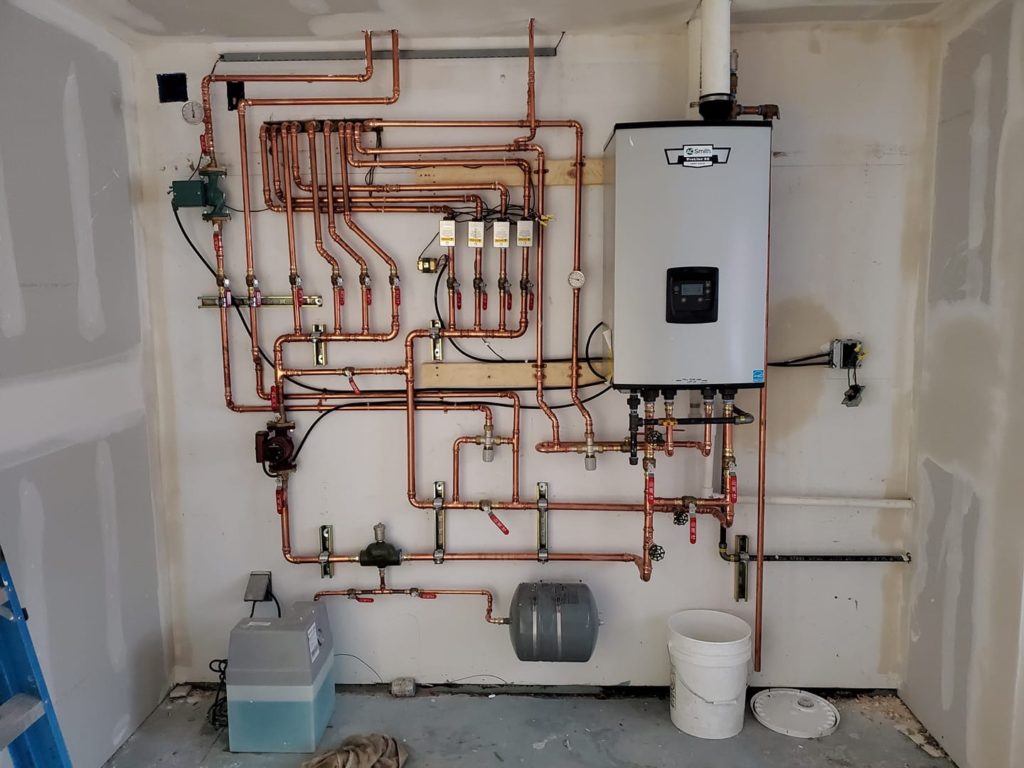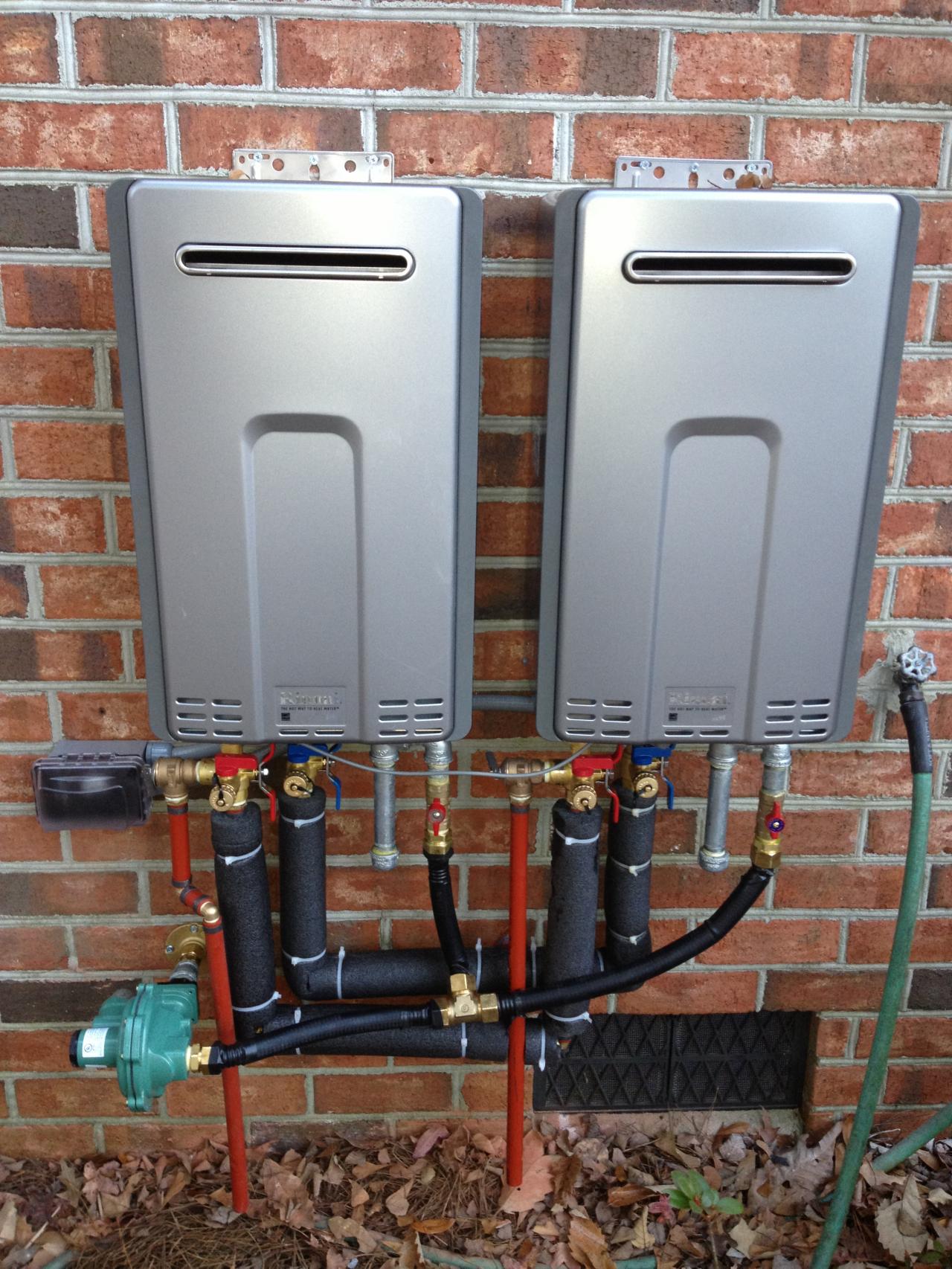Comprehensive Drain Cleaning Services to Promote Healthy Plumbing
Comprehensive Drain Cleaning Services to Promote Healthy Plumbing
Blog Article
Complete Guide to Water HeaterSetup and Replacement
Recognizing the complexities of hot water heater installation and substitute is vital for homeowners looking for to make sure performance and reliability in their warm water supply. From selecting the proper kind and dimension to performing a smooth installment process, several elements need to be considered to prevent common mistakes. This guide will give you with the required steps and understandings to browse the intricacies of this home improvement job, while likewise stressing vital upkeep techniques that can extend the life of your system. As you explore these aspects, you may find yourself reassessing your current configuration and determining areas for enhancement.
Sorts Of Water Heating Systems
When thinking about water heating unit installation and replacement, it is vital to understand the different kinds of water heating systems offered on the market. One of the most typical kinds include container hot water heater, tankless hot water heater, heatpump water heaters, and solar water heating systems.
Container water heating units are typical systems that save a particular quantity of warm water, making them easily offered when needed. In comparison, tankless water heaters supply warm water on demand, getting rid of the need for storage space.
Heatpump water heaters use electricity to move heat from the air or ground to warm water, supplying significant energy cost savings however requiring even more area and particular installment conditions. Solar water heaters harness solar energy to warmth water, giving an eco-friendly option with possible long-term price financial savings, although they frequently require a backup system for over cast days.
Recognizing these alternatives makes certain notified choices regarding installment and substitute, dealing with particular needs and choices.
Selecting the Right Size
Picking the appropriate dimension for a hot water heater is vital to make sure optimal efficiency and efficiency. A device that is as well small will have a hard time to meet house needs, resulting in inconsistent warm water accessibility and enhanced energy usage. On the other hand, an extra-large hot water heater can cause unnecessary energy waste and greater utility bills.
To identify the appropriate dimension, consider the family's height warm water usage. This can be determined based on the variety of passengers and their regular warm water demands. A family of four might call for a water heating unit with an ability of 50 to 80 gallons, depending on the use patterns, such as simultaneous showers and washing.
Additionally, examine the recuperation rate, which determines how swiftly a heater can renew warm water after it has actually been used. For tankless designs, concentrate on the flow rate, determined in gallons per min (GPM), to guarantee it meets the household's synchronised need.

Setup Process Overview

Next, the old device should be separated and gotten rid of, taking care to follow regional codes and policies pertaining to disposal. Once the old device is out, the new hot water heater can be placed in place. This action involves linking the water lines, making certain that all fittings are secure and leak-free.
After establishing water links, it's vital to connect the power supply, whether electric or gas, adhering to the manufacturer's guidelines thoroughly. As soon as all connections are made, the system must be loaded with water, and the power can be turned back on. It's crucial to examine for leaks and make certain the water heating unit is working appropriately before completing the setup procedure.
Common Setup Blunders

An additional frequent mistake is disregarding to adhere to local codes and regulations. Failing to adhere to these criteria can not just lead to safety and security hazards yet may likewise result in expensive penalties or the demand for pricey reinstallation.
Failing to safeguard connections or utilizing the wrong type of installations can lead to leaks and water damages. By preventing these typical installation blunders, house owners can ensure their water heating system operates safely and efficiently, taking full advantage of performance and longevity.
Upkeep Tips for Long Life
Correct maintenance of a water heating unit is important for its longevity and optimal performance. Normal inspections and maintenance can stop costly repair work and prolong the home appliance's life expectancy. Begin by inspecting the temperature setup; it should commonly be set in between 120 visit this site ° F and 140 ° F for optimum power efficiency and safety and security.
Every six months, flush the container to get rid of debris accumulation, which can harm heating effectiveness and cause deterioration. To do this, shut off the heating system, connect a hose to the drain valve, and allow the water run up until it is clear.
When they are rusted,Anode rods need to be examined each year and changed. These rods aid avoid container rust by bring in harsh elements in the water.
In addition, inspect the pressure relief shutoff on a regular basis to ensure it is operating appropriately. This valve is vital for stopping too much stress build-up within the tank.
Last but not least, consider arranging an expert upkeep check every couple of years for thorough inspections and maintenance. By sticking to these maintenance suggestions, house owners can substantially improve the effectiveness, security, and life expectancy of their hot water heater, making sure trustworthy warm water for several years ahead.
Final Thought
In final thought, proper installment and maintenance of water heating systems are essential for making certain efficiency and longevity. By comprehending these vital aspects, homeowners can attain a trusted warm water supply while lessening potential issues associated to water heating system operation.
Recognizing the intricacies of water heater installment and replacement is vital for homeowners seeking to guarantee performance and reliability in their hot water supply.Tank water heaters are standard systems that keep a particular quantity of warm water, making them readily offered when needed. In contrast, tankless water heating units offer hot water on demand, removing the need for storage. Selecting a water heater that is either also small or as well huge can lead to inadequacies, resulting in poor warm water supply or too much energy usage.
By understanding these vital aspects, property owners can achieve a reliable hot water supply while decreasing Our site potential issues related to water heating unit procedure. drain cleaning.
Report this page